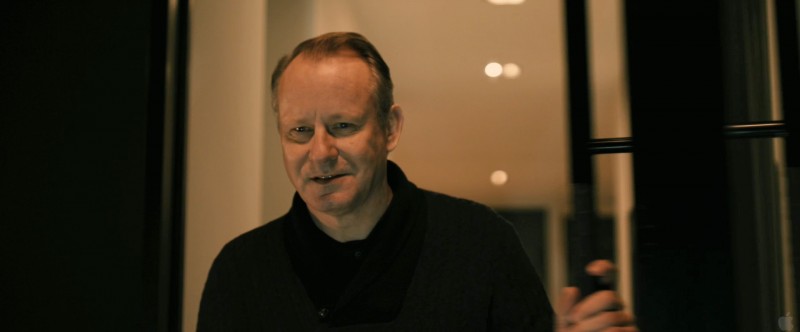
The Congress is really two movies – a live action fable and an animated sci fi story. In the opening part, Robin Wright plays an actress in her mid-forties named Robin Wright who followed a star-making performance in The Princess Bride with a series of disastrous career choices driven by her own bad instincts and her need to care for her special needs son. That son is now 13, her daughter is 17 and they are living in a hangar at a Mojave Desert airfield. Her agent (Harvey Keitel) approached with a deal from a smarmy studio exec (Danny Huston). That deal is a Faustian one – she will get a one-time payment in return for having herself scanned so her the studio can use her image in 100% CGI movies; if she accepts the offer, she cannot ever act again – on-screen or in the flesh.
I liked this first part, which is a smart exploration of the issues of art vs. commerce, the ethical limits of using CGI in filmmaking and the rights of individuals over use of their images. The set-up is very well done, the desert airfield is cool and Wright, Keitel, Huston and the kid actors deliver fine performances.
Then the story takes the Robin Wright character – twenty years later – into an alternative universe for animated characters who have had their humanity scanned away. She embarks on a desperate search to find out what has happened to her son and whether her daughter is now leading a revolt. This animated half of The Congress is visually arresting and shows off the talent of writer-director Ari Folman, who made the superb animated film Waltz with Bashir (about Folman’s fellow Israeli army veterans in the invasion of Lebanon). At this time, I lost interest in the tale. Now I’m not a big sci fi fan, though, and someone who DOES appreciate the genre might well enjoy it. The visuals do sparkle.
The Congress is available streaming on iTunes, Vudu, YouTube and Google Play.

